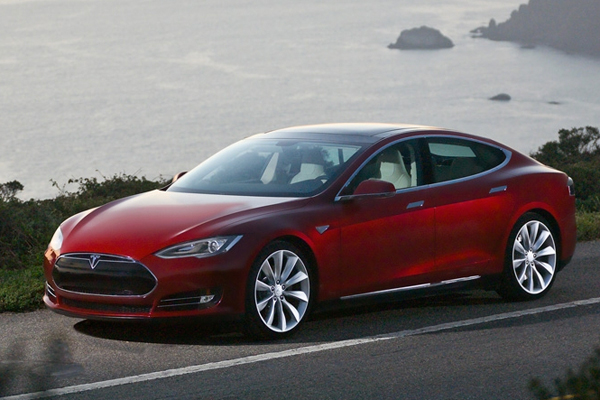Tesla Publishes Vehicle Log from Harsh NYT Model S Review

Tesla Motor's founder, Elon Musk published a blog post Thursday responding to the harsh review of the company's new Model S sedan published in the New York Times last Friday.
After reprimanding the New York Times and reviewer John Broder via Twitter yesterday, Musk elaborated on his reasons for calling the article a "fake."
Broder said that the electric car company's newest vehicle ran out of power during the cold journey, but Musk said that the reviewer was actually responsible for the car's difficulties.
According to Musk, Broder did not follow instructions members of the Tesla staff gave the reviewer before he started his drive from New York to Boston.
"In Mr. Broder’s case, he simply did not accurately capture what happened and worked very hard to force our car to stop running," Musk wrote in the blog.
[What Do SpaceX and Tesla Have in Common?]
Tesla Motors has a policy of meticulously keeping logs of every test drive because of an experience with a seemingly dishonest test drive by a media company.
Sign up for the Live Science daily newsletter now
Get the world’s most fascinating discoveries delivered straight to your inbox.
"After a negative experience several years ago with Top Gear, a popular automotive show, where they pretended that our car ran out of energy and had to be pushed back to the garage, we always carefully data log media drives," Musk added.
Musk took the unusual step today of publishing the vehicle logs from Broder’s test drive to back up his company’s version of events. Musk explained on Twitter previously that the company does not usually record the driving habits of its customers.
“Tesla data logging is only turned on with explicit written permission from customers, but after Top Gear BS, we always keep it on for media.”
The logs on Broder's trip show that when he stopped at a few of the electric charging stations along his route, he didn't fully charge the car.
At one stop in Connecticut, Musk says the reviewer charged the car's battery to 28 percent and then attempted to drive 61 miles (98 kilometers) when the expected range of the car was 32 miles (51.5 km) on the partial charge.
The car ran out of charge after 51 miles (82 km) and Broder had to call a flatbed truck company to pick him up.
"Had he not insisted on doing a nonstop 61-mile trip while staring at a screen that estimated half that range, all would have been well," Musk said. "He constructed a no-win scenario for any vehicle, electric or gasoline."
This story was provided by TechNewsDaily, sister site to LiveScience. Follow TechNewsDaily on Twitter @TechNewsDaily. We're also on Facebook &Google+










